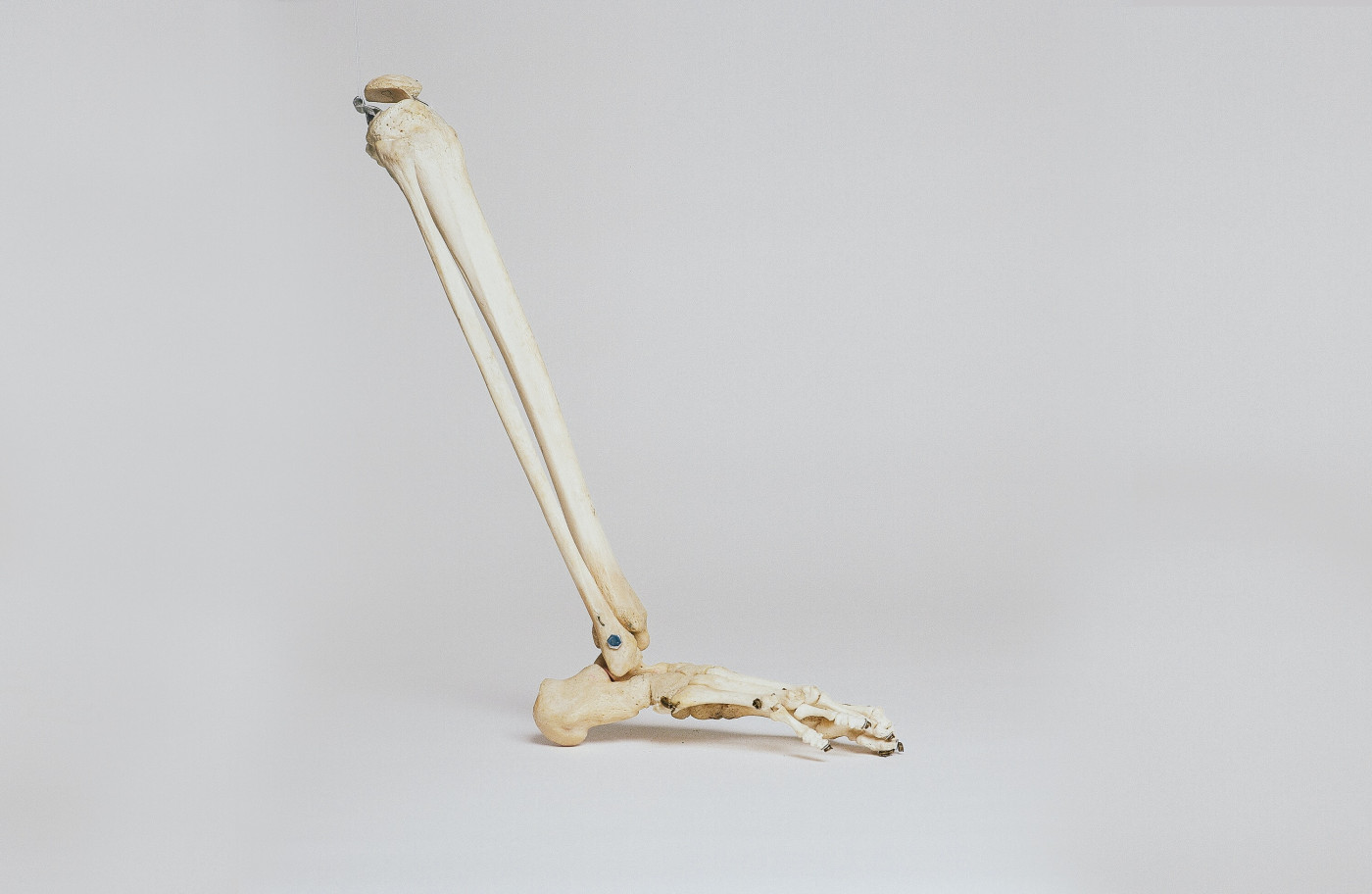Hypoparathyroidism Patients Show Extensive Changes in Bone Microstructure

People with hypoparathyroidism experience extensive changes in bone microstructure compared with the general population, a pilot study revealed. Such changes appear to be more prominent in patients whose disease has a cause other than surgery.
Factors such as age, menstrual status in women, and treatment duration in men also appear to be critical in influencing bone alterations, the study found.
The study, “Bone microstructure of adult patients with non-surgical hypoparathyroidism assessed by high-resolution peripheral quantitative computed tomography,” was published in the journal Osteoporosis International.
In hypoparathyroidism, patients have low levels of parathyroid hormone (PTH), either due to an unknown cause or to surgery that damages the parathyroid glands. These glands are four small nodules in the neck region that produce the hormone. The lack of PTH causes a marked decrease in calcium, resulting in lower bone remodeling and higher bone mass (or density), compared with healthy people of the same age and sex.
Most studies examining bone changes in these patients have used bone densitometry, which also is commonly used to diagnose osteoporosis. However, more precise assessments are needed to investigate structural changes in bones, as well as to understand the differences in bone microstructure in patients with distinct disease causes.
To address these gaps, researchers in China used a non-invasive technology called high-resolution peripheral quantitative computed tomography, or HR-pQCT, to examine the bones of people with hypoparathyroidism. This technology provides measures of bone mineral density, bone microstructure, and geometry.
Each bone has two main components with different appearances and characteristics. The cortical bone is the dense, hard outer layer of all bones, and represents about 80% of all bone mass in adults. In turn, the trabecular bone makes up the internal part of bones and has a spongy appearance, with numerous large spaces that are usually filled with marrow and blood vessels. The three-dimensional structure of these spongy bones is made of bony processes called trabeculae.
HR-pQCT is able to measure a number of bone parameters, including the thickness of trabeculae, their number and separation, and the density and thickness of cortical bone. It also measures total bone volume.
The study included 94 adults, mean age 36.2, with non-surgical hypoparathyroidism and 12 patients with surgery-related hypoparathyroidism. The participants were recruited at Peking Union Medical College Hospital, in Beijing, between 2016 and 2017. A group of 94 healthy people — matched to patients in age, gender, and menstrual status (for women) — was used as controls.
Compared with the healthy controls, both groups of patients appeared to have more changes in the trabecular bone. Patients with non-surgical disease had increased trabecular bone density in the tibia (shinbone) and a higher trabecular number in the radius (forearm) and tibia.
In men older than 50, the team found trends toward greater cortical bone density. In women, cortical bone density and area increased with age, but decreased after menopause. Likewise, cortical porosity lowered after menopause, showing “a counteracting effect to menopause from hypoPT [hypoparathyroidism] on cortical structure and possible prevention of bone loss,” the scientists wrote.
Since all of the surgical patients were post-menopausal women, the researchers compared this group with 10 post-menopausal women in the non-surgical group. Age, body mass index, disease duration, treatment duration, and bone metabolic profiles were similar in both groups. But the non-surgical patients had greater trabecular density and lower trabecular separation of the tibia compared with the women who had undergone surgery.
The investigators then examined whether any clinical factors impacted bone changes. In women with non-surgical disease, age and menopausal status were the major factors affecting bone microstructure. These factors also affected both the cortical structure and age-impacting trabecular components. Treatment duration, BMI, and levels of liver enzymes also correlated with multiple parameters in these patients, although significant associations were mainly seen in pre-menopausal women.
In men, most bone measures were not affected by clinical parameters. Longer disease duration was associated with a slight decrease in trabecular density and number, with an increase in cortical porosity. Also in men, older age was associated with greater cortical area and trabecular thickness, while higher BMI was linked to a greater cortical area. In addition, higher levels of liver enzymes correlated with lower cortical density.
“Age and menstrual status were the main factors that influenced bone microstructure in females, while treatment duration affected bone microstructure in male[s],” they concluded.






